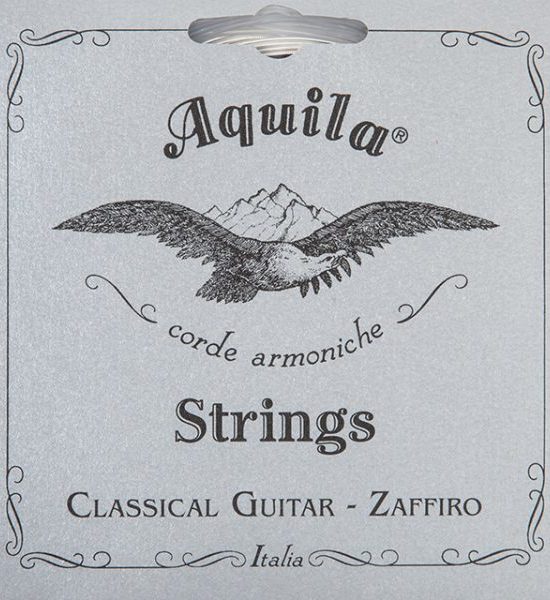Beschreibung
Gut & Silk 800
Guitar setup in use between 1790 and 1870
Up to the middle of the 20th century, the only available strings for guitar were plain gut for Trebles and wound on silk core for Basses. Their acoustical performance was quite different from that of modern synthetic strings. The salient characteristics were a marked tonal presence and brightness, typical of gut strings (certainly superior to plain nylon and in some respects closer to fluocarbon strings) while silver-plated copper wound basses, on the other hand, possessed an exquisitely vocal quality, i.e. more centered on the fundamental harmonics, not as bright and with less sustain, as compared to modern nylon core wound strings.
This set, made with only one degree of tension, brings back to life the exact historical settings, typical of the XIX century, as evidenced by our thorough research.
Notice
We recommended, when you are not playing, to tune the wound basses a semitone down just to ensure the maximum lifetime.
In addition, gut strings are in themselves very strong to traction, but soffer greatly from potential sliding or contact points that are even minimally sharp (sharp edges). Therefore, the nut of the guitar must be properly prepared and adapted, with only slightly cut grooves and no clear bending points.
| Note | Tension (Kg)* | Gauge (mm) | Gut equivalent (mm) |
|---|---|---|---|
| e | *6.5 | .62 | |
| b | *6.0 | .79 | |
| g | *5.0 | .91 | |
| D | *5.8 | .81 ext | 1.32 |
| A | *6.1 | .91 ext | 1.77 |
| E | *6.0 | 1.15 ext | 2.35 |
* tension values are computed with standard pitch of 435 Hz and scale length of 62 cm





